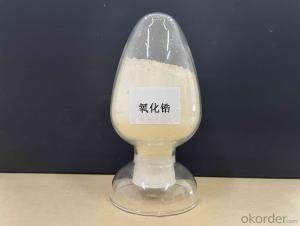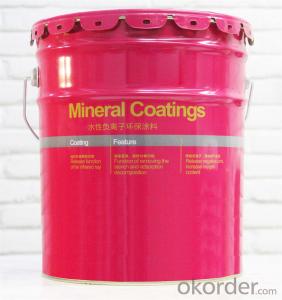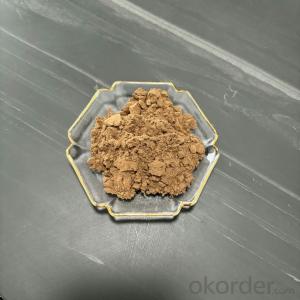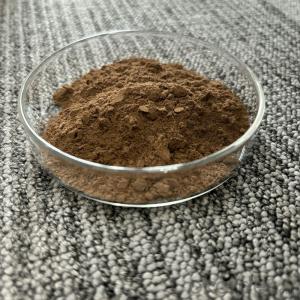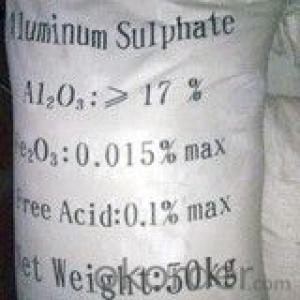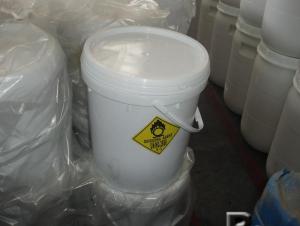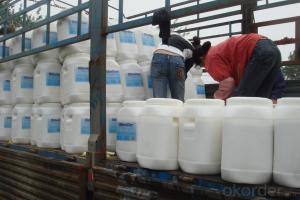Carbon Black N539 Granluar
- Loading Port:
- Tianjin
- Payment Terms:
- TT OR LC
- Min Order Qty:
- -
- Supply Capability:
- 10000MT m.t./month
OKorder Service Pledge
OKorder Financial Service
You Might Also Like
Carbon Black N539(Granule)
Product Description:
carbon black N539:
1.Usage Rubber Auxiliary Agents;
2.Product Status:Black powder or granular;
3.Standard: ISO 9001:2000
Suggest for Use:
uses for the truck tire, passenger tire tread rubber, etc., and require high strength, high wear-resistant rubber products, such as high-strength conveyor belt, industrial rubber products.
TDS of the Carbon Black N539
Product Varieties | N539 | Pouring density(kg/m3) | 345~425 |
Iodine absorption Value(g/kg) | 39~47 | 300%modulus(Mpa) | -2.6 ~0.6 |
DBP absorption Value (10-5m2/kg) | 106~116 | Ash content | ≤0.7% |
24Mn DBP(10-5m2/kg) | 76~86 | 45um sieve residue | ≤0.05% |
CTAB surface area(103m2/kg) | 36~46 | 500um sieve residue | ≤0.001% |
STSA/(103m2/kg) | 33~43 | Impurity | NO |
Nsa surface area(103m2/kg) | 35~43 | Fine content | ≤10% |
Tint strength(%) | ------ | Tensile strength(Mpa ) | ≥-5.0% |
Heatloss(%) | ≤1.5 | Elongation at failure | ≥-20% |
Safety:
As a matter of good industrial hygiene, gloves and safety glasses with side shields or better eye protection should be worn when handing Carbon Black ,For more information, refer to the MSDS.

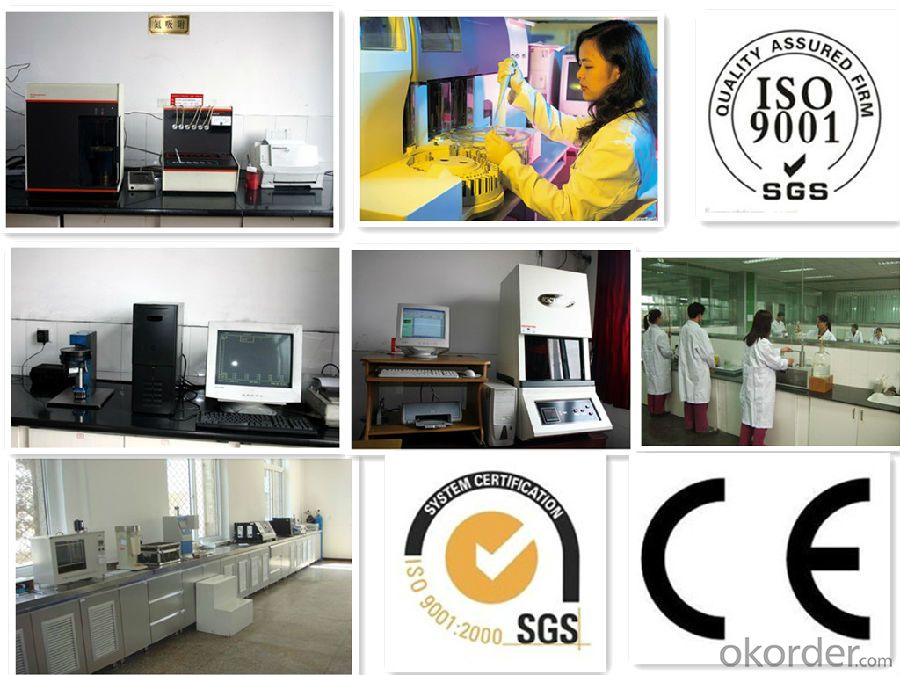
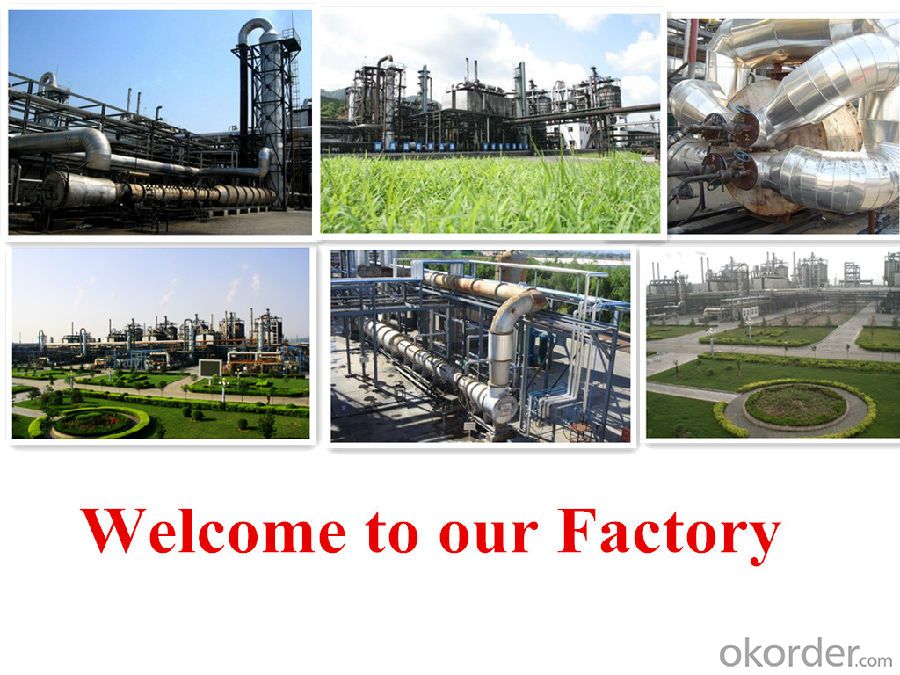
- Q:1. Catalysts can help to bring the reactants together in the correct orientation2. The chemical formula of a catalyst is written on the left hand side (reactant) side of an equation.3. Catalysts can provide a surface on which the reaction occurs.4. Catalysts increase the activation energy.5. Catalysts increase the magnitude of the equilibrium constant, thus favoring product formation.6. "Enzymes" are biochemical catalysts.7. Catalysts increase the rate of a reaction.8. Catalysts are slowly used up during the reaction and need to be replaced.
- 1, 3, 5, 6, 7. 2 is incorrect, catalysts are written above the reaction arrow. 4 is incorrect, catalysts decrease the activation energy thus increasing the rate of reaction (see 7) 8 is incorrect, catalysts are not used up (or if they are, they are also regenerated by a different reaction so that they maintain a constant concentration). edit: about 5, yes i think the answer below is correct, 5 is false actually. catalysts speed up both the forward and the reverse reaction so the equilibrium constant is unchanged. however, 1 is true i think: catalysts can provide a lower energy pathway by way of bringing the reactants together in the correct orientation (rather than random orientations).
- Q:How the catalyst accelerates the chemical reaction
- The catalyst is the catalyst that accelerates the chemical reaction by accelerating the chemical reaction
- Q:Where are they good catalysts and why?? THanks!
- A catalyst is a substance that speeds up a chemical reaction by providing an alternate reaction pathway with a lower activation energy. Catalysts appear not to take part in the reaction. Frequently, catalysts are not very reactive. Acids and bases, on the other hand, are very reactive. Acids (as H+) and bases ( as OH-) sometimes function as catalysts in some organic reactions. They appear to be catalysts because in the course of the mechanism H+ or OH- is regenerated.
- Q:How does the catalyst affect chemical balance? Why the catalyst has no effect on the chemical equilibrium, for v-t diagram
- The catalyst only affects the time required to reach equilibrium and does not affect the conversion of the reactants
- Q:Chemistry teaching and learning a bit difficult, thank you
- Palladium Pd, platinum Pt as a catalyst
- Q:and can you give me an example of it .. please give it in easy terms if you can. thanks
- the compound that allows for a chemical reaction. and example would be The enzyme catalase is the catalyst that allows hydrogen peroxide to break down into water
- Q:Chemical questions: "CO2 and H2 in the catalyst conditions have a reaction, the reaction of the chemical equation is"
- CO2 + H2 = CO + H2O (conditions: catalyst, generally requires heating, and reversible)
- Q:A substance involved in chemical reflection, but reflects the quality of the material before and after the change, you say it is a catalyst?
- A catalyst is a substance that accelerates the reaction rate of other reactions and whose quality and chemical properties do not change. Sometimes the catalyst can also participate in the reaction. The elemental iodine in the title is the catalyst for the decomposition of hydrogen peroxide.
- Q:Does all chemical reactions have a catalyst?
- Not some reaction without catalyst
- Q:why is palladium/platinum a good catalyst?
- I'm guessing that the answer would be heterogeneous. Hydrogenation reactions use Pt and/or Pd metal as the catalyst. But these are always solids while the reaction is between H2 and either a gas or a liquid. Consequently the catalyst is in a different phase than the reactants, making them heterogeneous. I'd go with that one.
1. Manufacturer Overview |
|
|---|---|
| Location | |
| Year Established | |
| Annual Output Value | |
| Main Markets | |
| Company Certifications | |
2. Manufacturer Certificates |
|
|---|---|
| a) Certification Name | |
| Range | |
| Reference | |
| Validity Period | |
3. Manufacturer Capability |
|
|---|---|
| a)Trade Capacity | |
| Nearest Port | |
| Export Percentage | |
| No.of Employees in Trade Department | |
| Language Spoken: | |
| b)Factory Information | |
| Factory Size: | |
| No. of Production Lines | |
| Contract Manufacturing | |
| Product Price Range | |
Send your message to us
Carbon Black N539 Granluar
- Loading Port:
- Tianjin
- Payment Terms:
- TT OR LC
- Min Order Qty:
- -
- Supply Capability:
- 10000MT m.t./month
OKorder Service Pledge
OKorder Financial Service
Similar products
New products
Hot products
Related keywords















